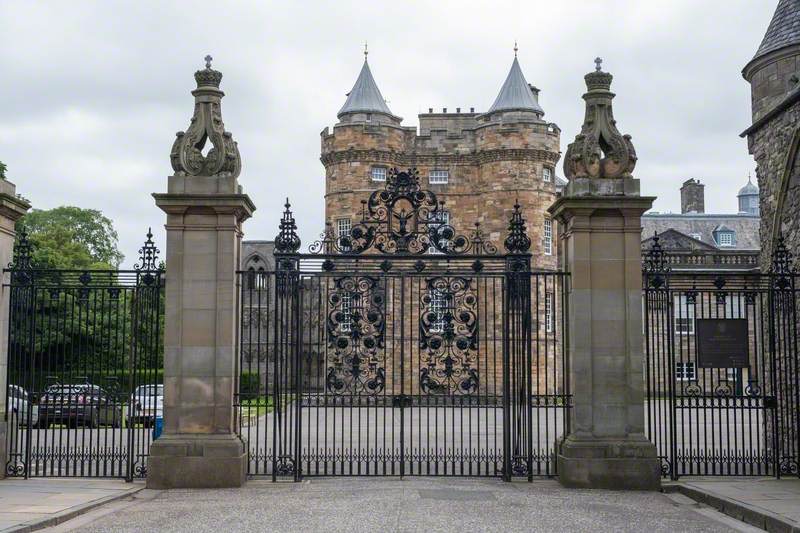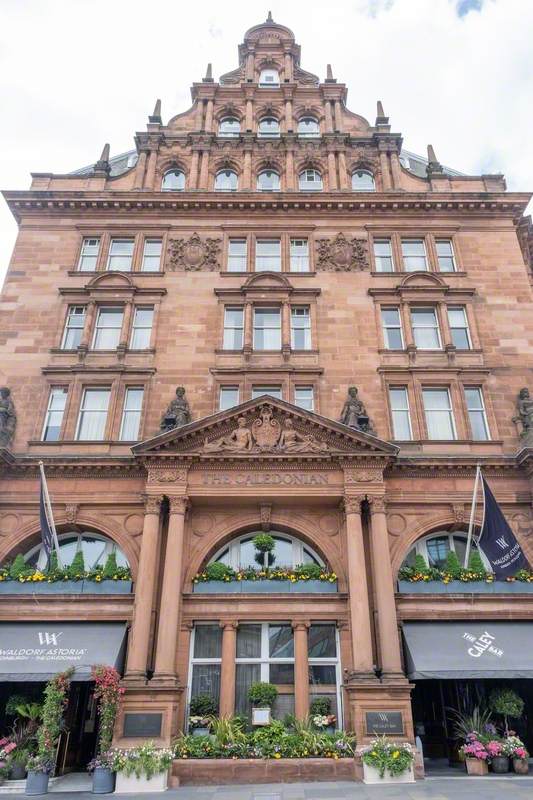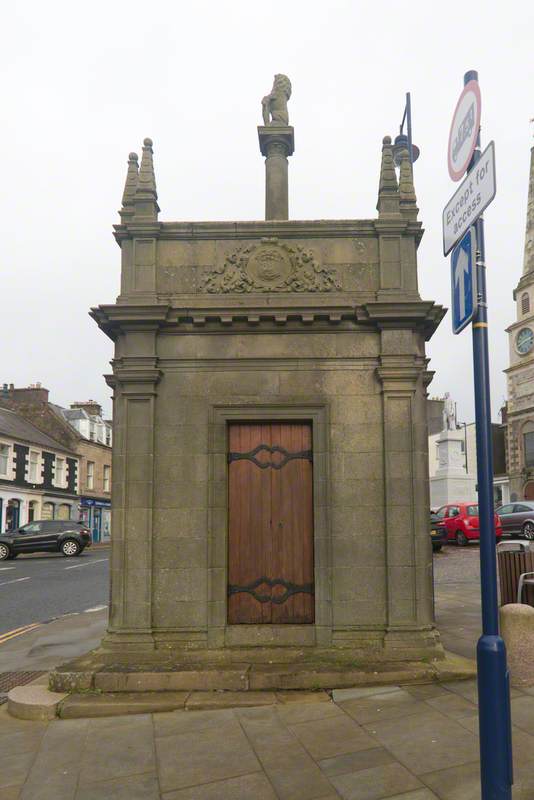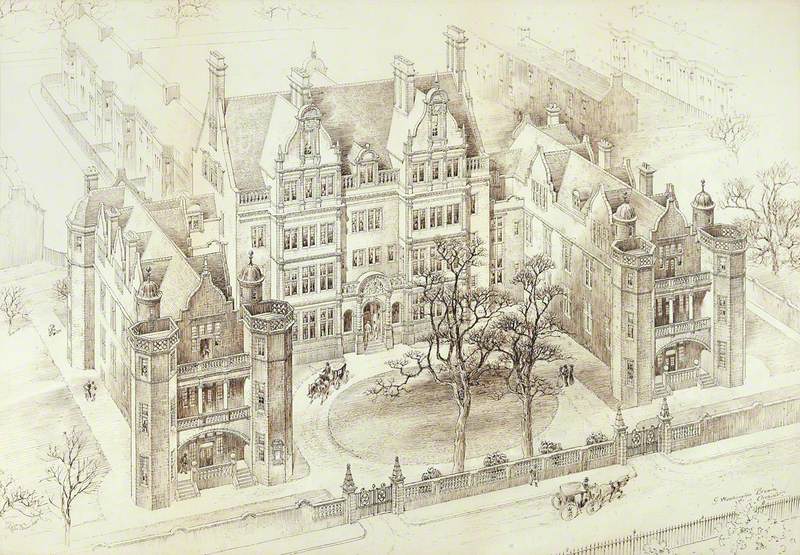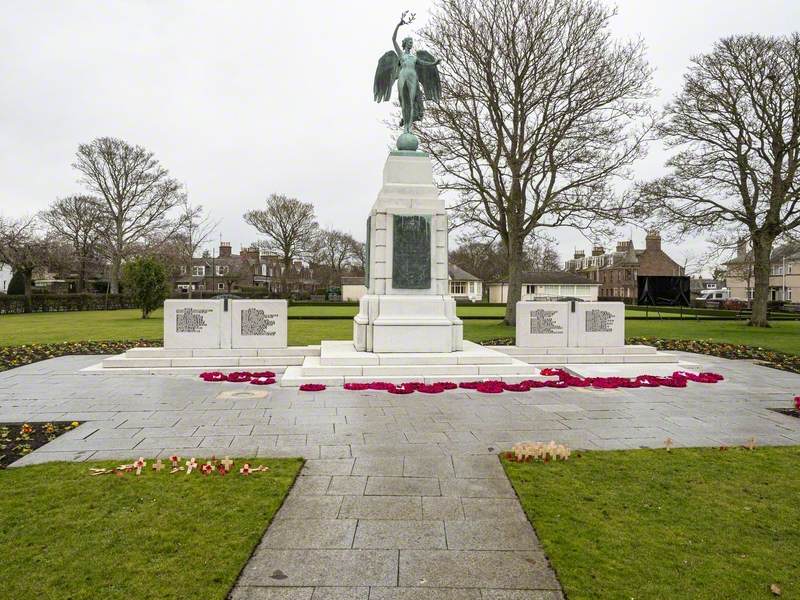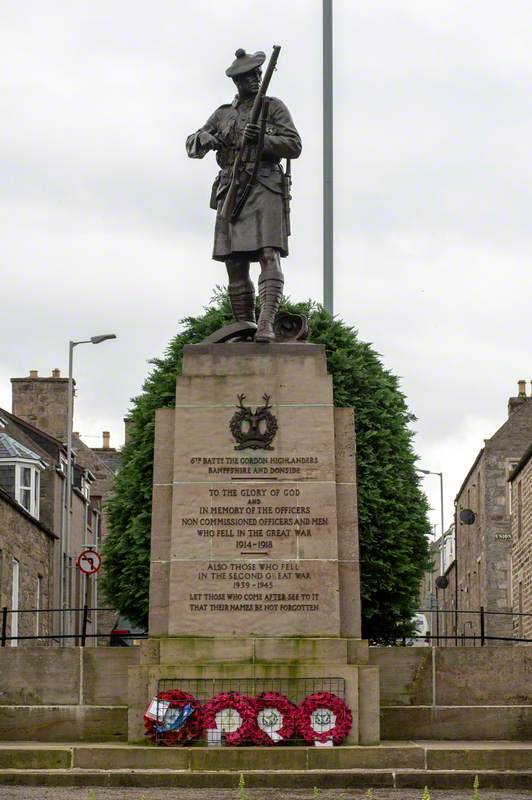
George Washington Browne (1853–1939) and Arthur George Walker (1861–1939)
George Washington Browne [also known as Sir George Washington Browne] was born in Glasgow, Scotland on 21 September 1853 and was articled to Salmon, Son & Ritchie in Glasgow from c.1869 to 1873 [1]. He then worked as an assistant in the office of Campbell Douglas & Sellars from 1873 to 1875. In 1875 he moved to London and worked as an assistant to Stevenson & Robson from 1875 to 1877; and to Arthur William Blomfield (1829-1899) from 1877 to 1879. Whilst in the office of Blomfield, Browne was awarded the Pugin Studentship in 1877 [or 1878 - sources differ] enabling him to travel in France and Belgium. Following his return to London he worked briefly as an assistant in the office of William Eden Nesfield (1835-1888). In 1879 Browne returned to Scotland and worked as senior assistant to Robert Rowand Anderson (1834-1921) in Edinburgh until 1881.
Notable among Browne's works were Central Station Hotel, Glasgow (1879); Stornoway Parish Church, Isle of Lewis (1884); St Margarets Episcopal Church, Biel, East Lothian (1884); United Presbyterian Church, Morningside (1886); Edinburgh Public Library (1887- 89); Redfern's Shop in Princes Street, Edinburgh (1892); Miss Cranston's Tea Rooms, 91 Buchanan Street, Glasgow (1897); Carnegie Library, Jedburgh, Scotland (1898); Caledonian Hotel, Lothian Road, Edinburgh (1899-1903); National Memorial to Edward VII at Holyrood, Edinburgh (1912–22); YMCA Building, St Andrew Street, Edinburgh (1914–15); numerous branches of British Linen Bank in Scotland (1890-1907); and Scottish war memorials - in Keith, Banffshire (1919); Lochearnhead (1920), Balquhidder (1920), Arbroath (1921), Dunfermline (1921), Duddingston, Edinburgh (1921), Coldstream (1922), and Montrose (1924)
In addition to his work as an architect, Brown was also a painter and exhibited at the Royal Glasgow Institute of the Fine Arts, the Royal Scottish Academy in Edinburgh and the Royal Academy in London. He was elected an Associate of the Royal Scottish Academy (ARSA) in 1892, a full member of the Royal Scottish Academy (RSA) in 1902, and President of the Royal Scottish Academy (PRSA) in 1924. He was also an honorary member of the Royal Academy and the Royal Hibernian Academy. He was knighted in 1926.
Text source: Art History Research net (AHR net)
Text source: Art History Research net (AHR net)
